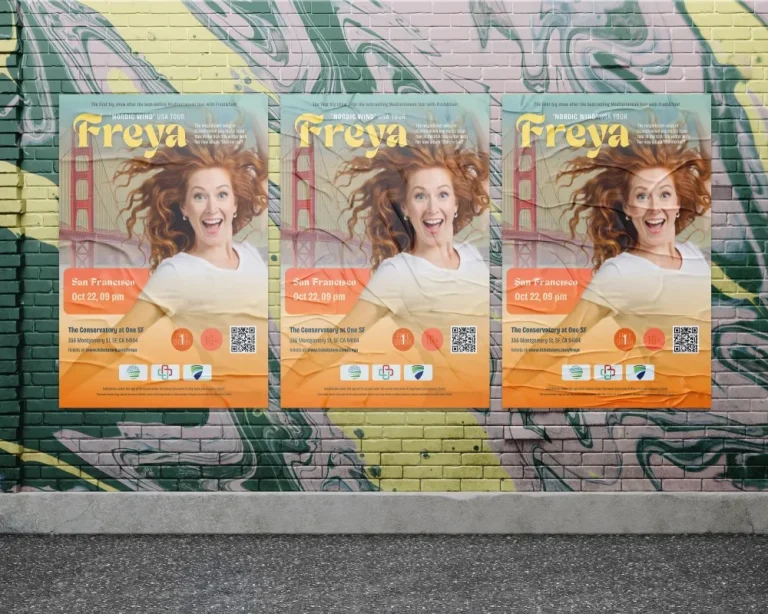The speed of access to information has increased significantly with the introduction of the internet into our lives. This process, which can be described as a comprehensive transformation, has simplified the acquisition of information while also increasing the number of channels used for accessing it. However, this has also brought with it information pollution.
With the democratization of technology and ways of being in the digital world, it is easier and more possible than ever for anyone to define themselves as a content creator.
However, this situation also brings with it a constant rush to produce content and a kind of chaos. This situation, which can be described as an uncontrolled frenzy of production, unfortunately causes content that provides true, high-quality information to remain in the background more than ever.

Content creation now requires much more than talent, and as content creators, we must be aware of the responsibilities that arise from content creation, and we must also embrace the rewards of these responsibilities.
We must encourage content that engages audiences, guides human behavior, and influences decision-making processes not to be haphazard, but to be prepared with accurate information, meticulously, and purposefully, and with resources.
The way to be heard amidst the digital noise is not by shouting, but by speaking truthfully and meaningfully. Creating quality content is becoming one of the most valuable communication skills in our age.






